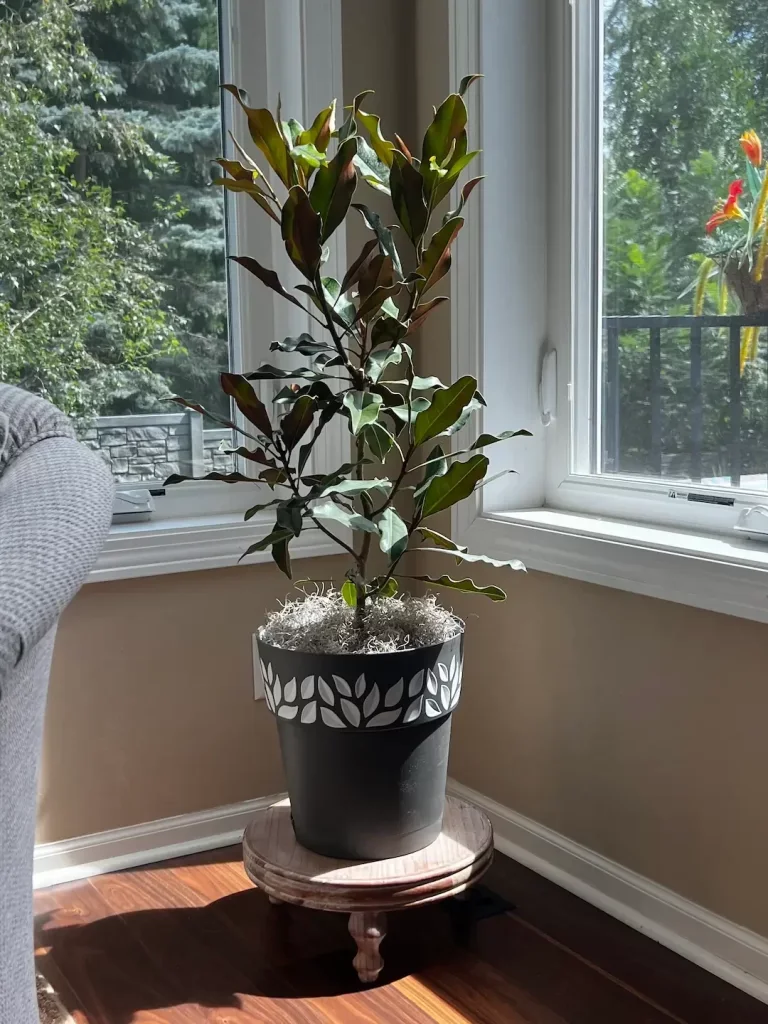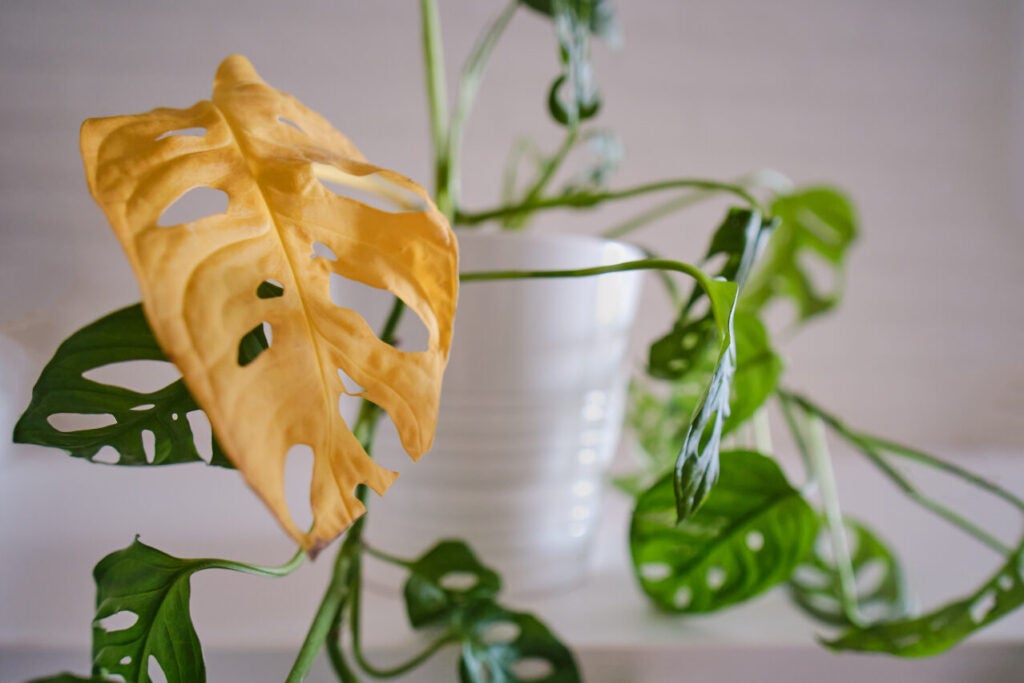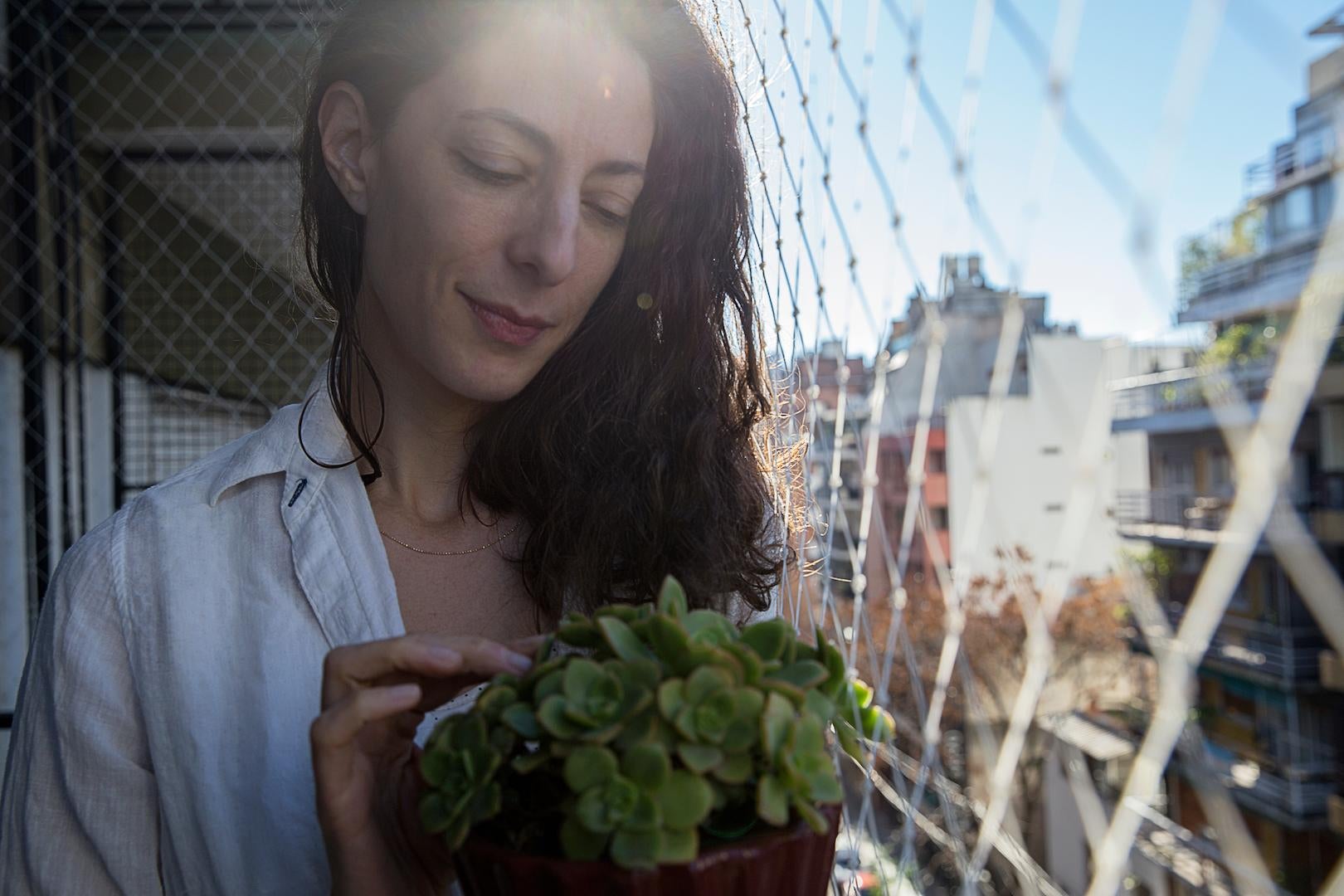Fall Plant Care: Tips for Thriving House Plants
As the seasons change, it’s important to adjust your plant care routine to help your green friends thrive. Fall is a particularly important time for plant care, as the days get shorter and cooler, and the weather can be unpredictable. Here are some tips to help you care for your indoor and outdoor plants during the fall season!
Light

During the shorter days of fall, it’s important to make sure your plants are getting enough light. For indoor plants, move them to a brighter location, such as a south-facing window. Research the amount of sunlight your plants need, as it varies depending on the species. Clean your plant’s leaves regularly to remove dust and dirt, which can block light. You can also rotate plants, which will help to ensure that all sides are getting enough light.
Watering
As the days get shorter and cooler, reduce watering for indoor plants and allow the top few inches of soil to dry out between waterings. Plants need less water when they are not actively growing, but it’s still important to water them regularly to prevent them from drying out. For outdoor plants, water them less frequently as the weather cools down, but when you do water, make sure to water them deeply so the water reaches the roots. This helps to prevent the roots from drying out. If your plants are in a windy or hot location, water them more frequently.
Temperature
Monitor the temperature in your home and avoid placing plants in areas where the temperature fluctuates wildly. This can stress plants and make them more susceptible to pests and diseases. The ideal temperature for most indoor plants is between 65 and 75 degrees Fahrenheit. For outdoor plants, be aware of their cold hardiness and bring them indoors if necessary. The cold hardiness of a plant is the lowest temperature that it can survive. You can find this information for each plant by doing some research online. We provide basic temperature information for specific plants on our Plant Care Guide.
Additional plant care tips

- Prune any dead or diseased leaves to keep your plants healthy and attractive. Dead leaves can harbor pests and diseases, so it’s important to remove them as soon as possible.
- Repot plants that have outgrown their pots to give them more room to grow and thrive. Use a pot that is only one size larger than the current pot.
- Use a humidifier to prevent your plants from drying out in the dry winter air. The ideal humidity level for most indoor plants is between 40 and 60%.
- Inspect your plants regularly to prevent pests and diseases. Take action if you see any problems, as pests and diseases can be a major problem for plants.
- Beware of drafts. Plants can be sensitive to cold drafts, so avoid placing them near air conditioning vents or windows and doors that are frequently opened and closed
In conclusion, fall is a crucial time for plant care. By adjusting your plant care routine to meet the needs of your indoor and outdoor plants, you can help them thrive during the cooler months. Remember to research the needs of your specific plants, and don’t hesitate to reach out if you have any questions or concerns. Don’t forget to check out our Fall Plants Collection to find the perfect plants for your home or garden! Happy gardening!


what do you think?